How sunscreens work
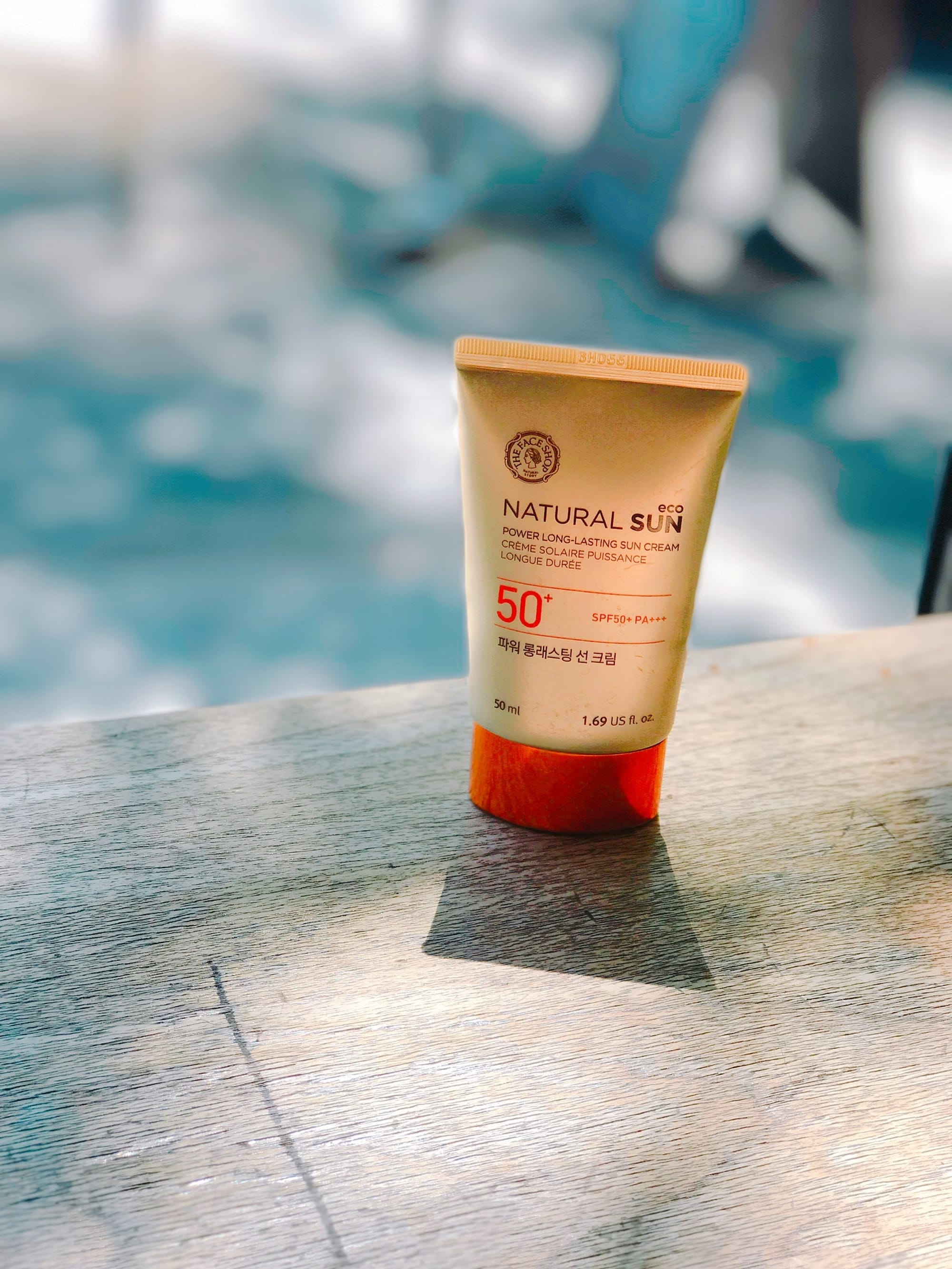
by Hannah
You probably know that spending all day under the sun can cause serious harm to your skin. But why do we only get sunburnt when outside, but not from even brightest indoor lights? The reason is that sunlight contains UV-radiation (UV is short for UltraViolet).
Here is the UV-spectrum of the sun:
Video Credit: NASA/JPL and Universal Curiosity @UniverCurious
☀️Here is a Question for you - Would you get sunburned, if you went for a drive on a sunny day and kept windows closed?
What we call 'light' only makes up a small part in the electromagnetic spectrum, the one that is visible to our eyes. But there exist also parts of the spectrum that we cannot see (and neither hear or smell). Some animals, like bees 🐝, actually can also see UV! In addition, to visible light and UV, the sunlight is also made up of another kind of radiation, called InfraRed or IR-radiation. While we also cannot see it, we feel its warmth when under the sun.
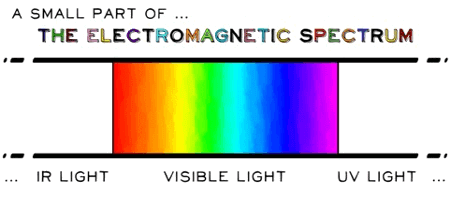
UV-light
Let’s get back to UV-radiation. Even though we cannot directly perceive it, most of us have felt the effect of the UV with own skin. So why can sunlight make our skin red, itchy or even peel off? The reason is that it can penetrate and damage our skin (and even our DNA!). When our bodies try to repair the damage, the blood flows to the exposed area, making skin skin red. Unfortunately, this is not the only effect. The damage to the DNA also makes our skin age and increases the risk to get skin cancer.
Check out this video to see how a sunburn is different from a burn which you get from touching a hot object:
To protect itself from this damage, your body produces a pigment which is called melanin, that gives you that holiday tan. Melanin is a molecule that can absorb the UV light and prevent it from reaching deeper through skin to the DNA. The amount of melanin you can produce varies on your genetics. And you should not rely on melanin alone to protect you if you stay outside for too long.
The easy way to keep stay safe under the sun, is to use sunscreen. The molecules inside the sunscreen can either, like melanin, absorb the UV rays or they can reflect it. A special UV-camera, can show how sunscreen would look like if we [were 🐝s and] were able to see UV-light. The photos below shows how the UV-radiation gets absorbed, making areas under the sunscreen black:
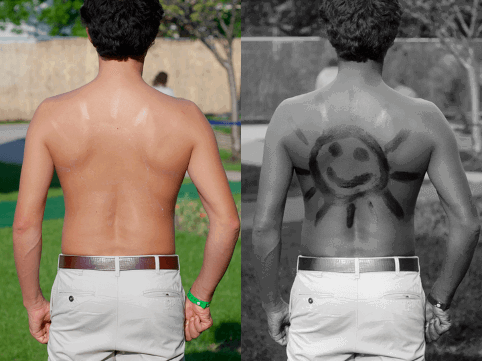
And here is a picture from our call, where we are showing a SPF 70 on a hand

This is a great video, about UV light around us and how our planet protects us by making sky blue!
☀️Now, let's think about the Question above - Have you noticed that in this video the glasses are not transparent in the UV light? The lack of transparency is due to the glasses blacking some of the UV light. But not every glass is the same, for example windscreens in cars are specifically treated to be protecting you from UV, while side windows are not. Please put the sunscreen, you will likely get out of the car!
USES
As we mentioned, UV light is harmful to DNA, essential part of an organism. Can we use UV it to our benefit? You may have noticed blue lamps that turn on overnight in the canteens, those are examples of using UV light to kill germs, on surfaces or in air and water.
See this video on how UV light effects bacteria:
But so why don't we lock ourselves away from these dangerous UV rays? UVs are is actually essential to our health and well being. We need UV light to produce Vitamin D! And Vitamin D promotes the creation of serotonin - a magical molecule that keeps us feeling happy and well!
What uses of UV light can you think off?
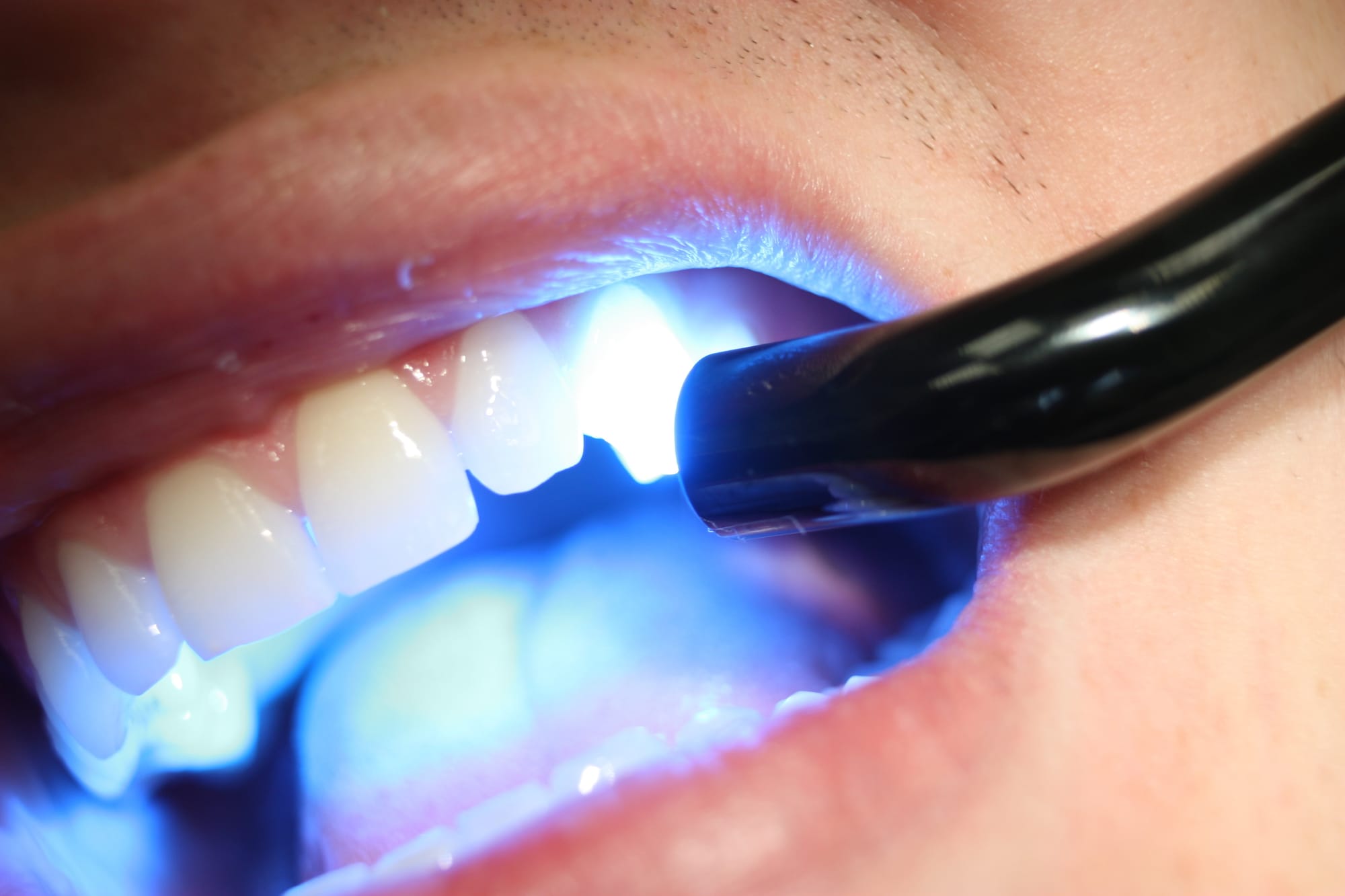 | 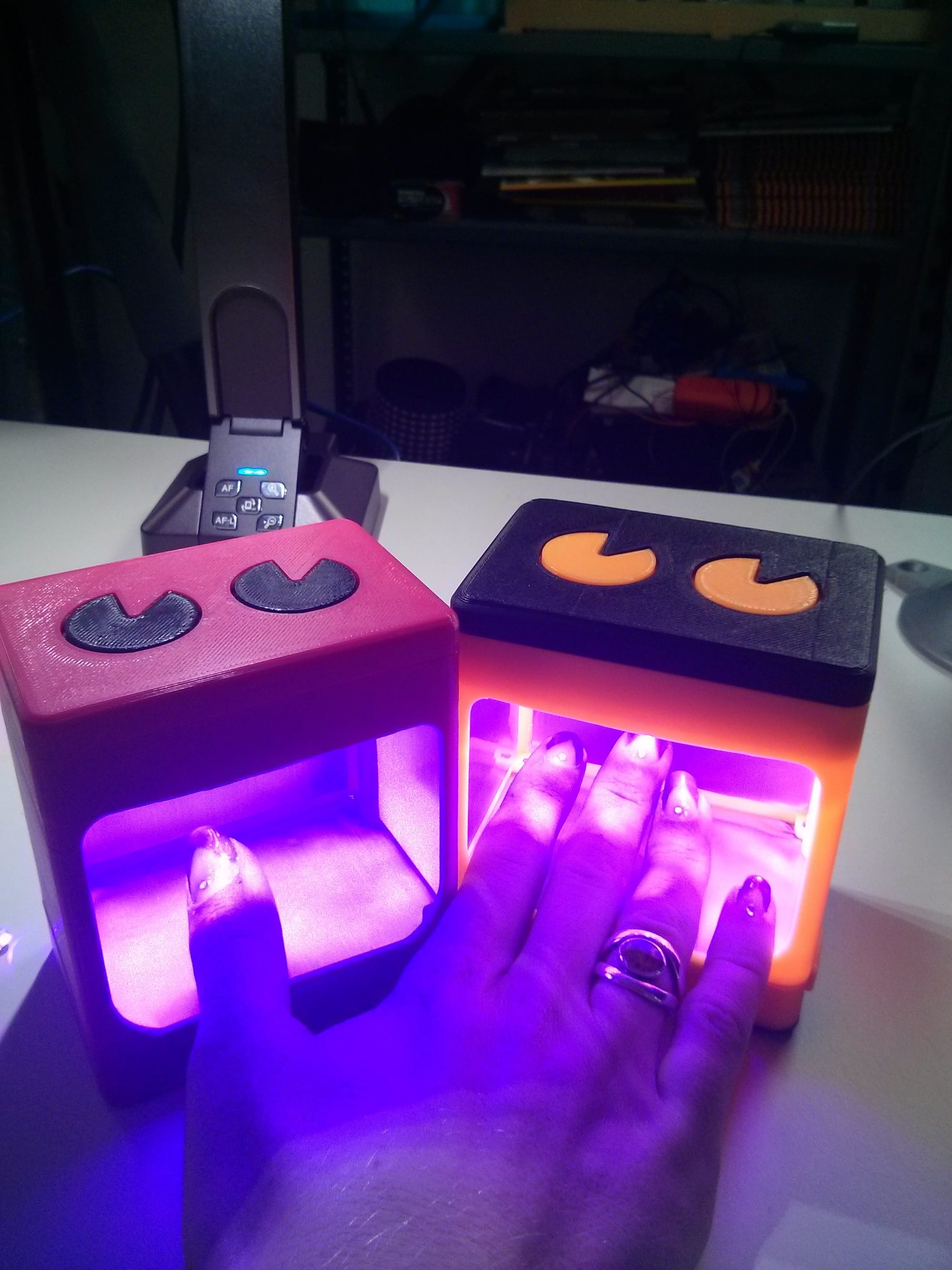 | 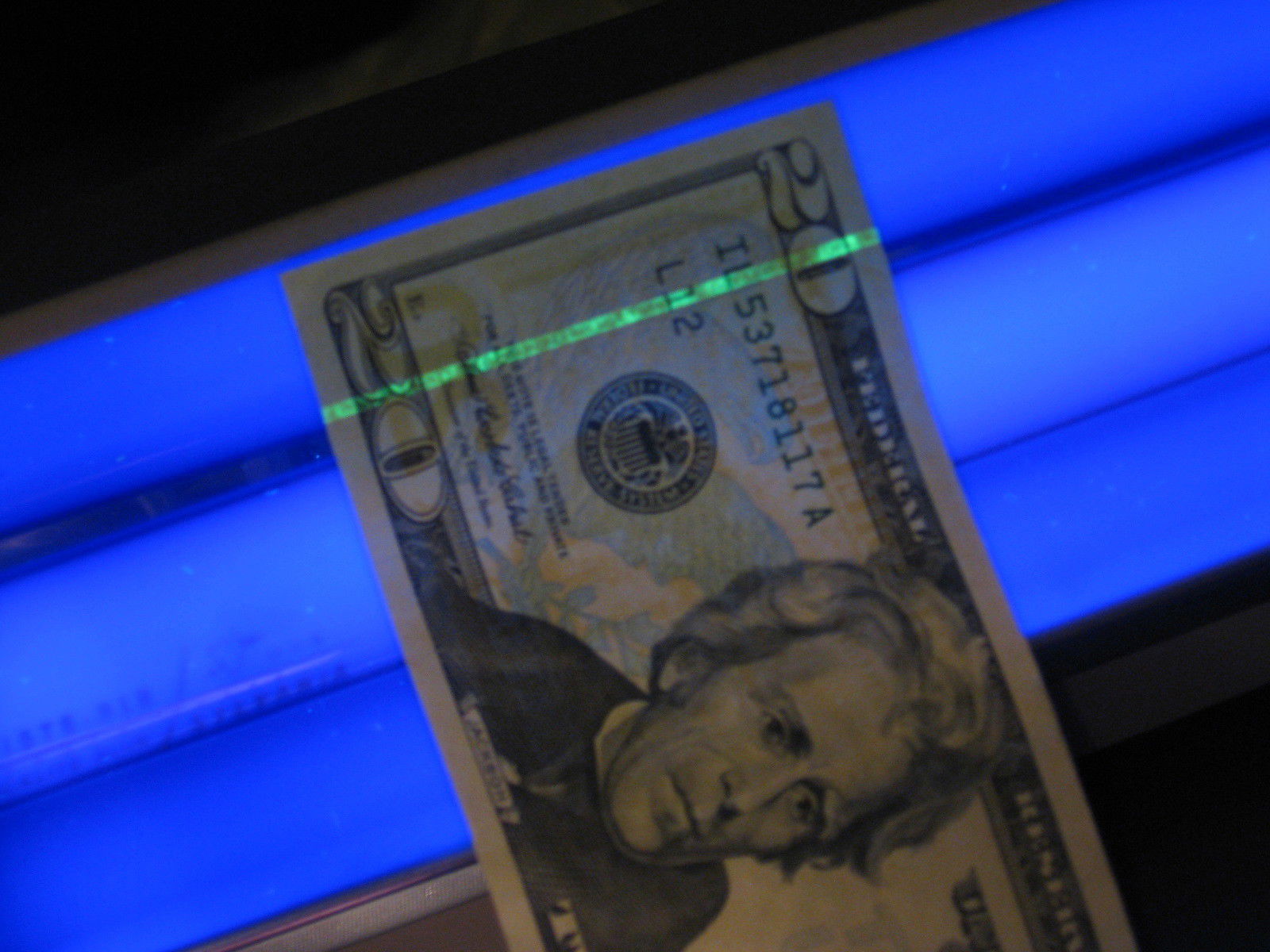 | 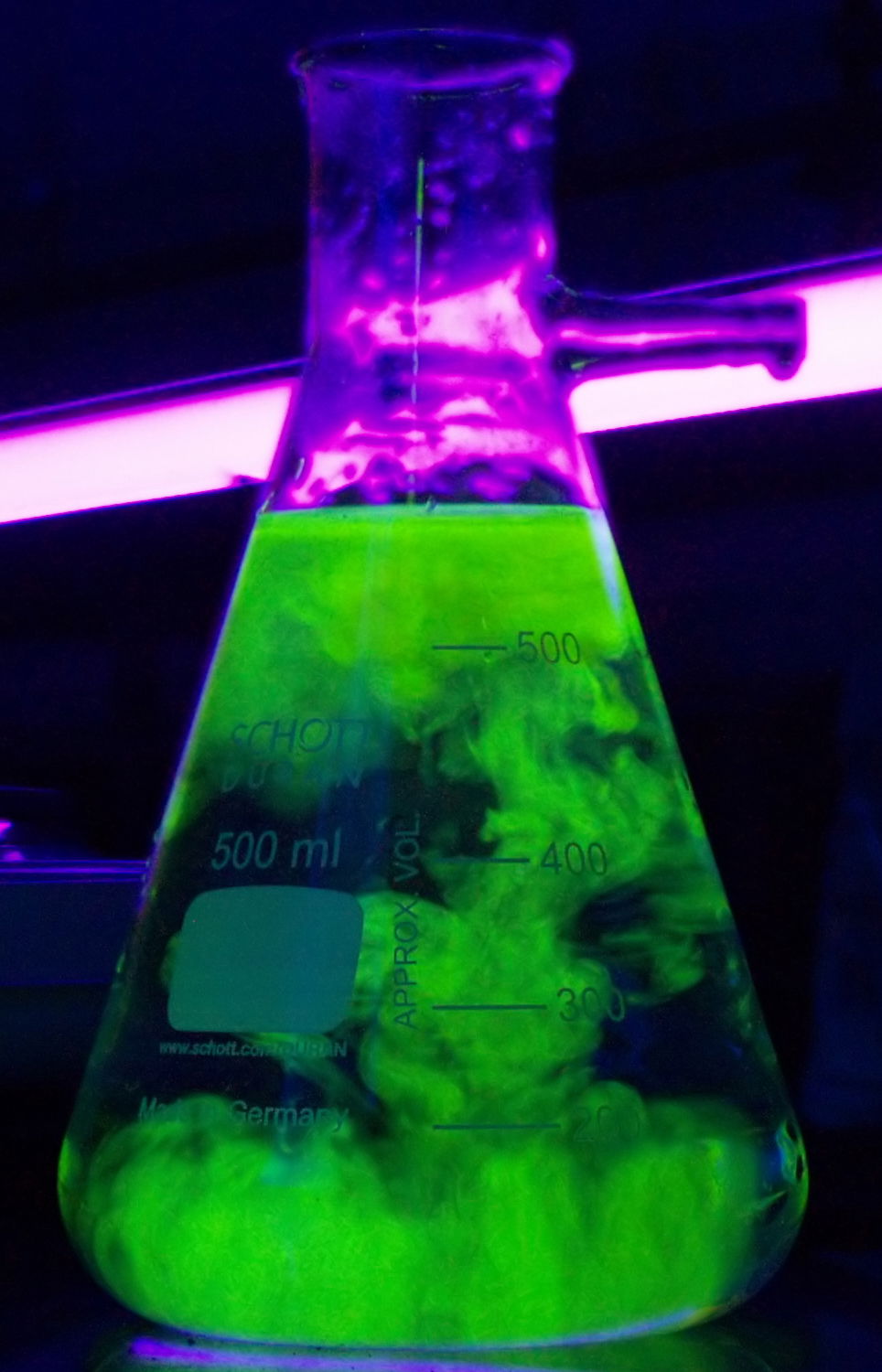 |
Check these beautiful pictures capturing the invisible glow of flowers: https://www.nationalgeographic.com/photography/proof/2018/february/glowing-flowers-ultraviolet-light/